Roy Fox Lichtenstein: Master of Pop Art

Roy Fox Lichtenstein, born on October 27, 1923, in New York City, rose to fame as one of the leading figures of the new Pop Art movement of the 1960s. His name has since become synonymous with the style that transformed the landscape of American art, leveraging popular culture imagery to create a commentary on contemporary society. Through his distinctive paintings and sculptures, Lichtenstein challenged traditional notions of art, ushering in an era where commercial art techniques were celebrated in fine art galleries.
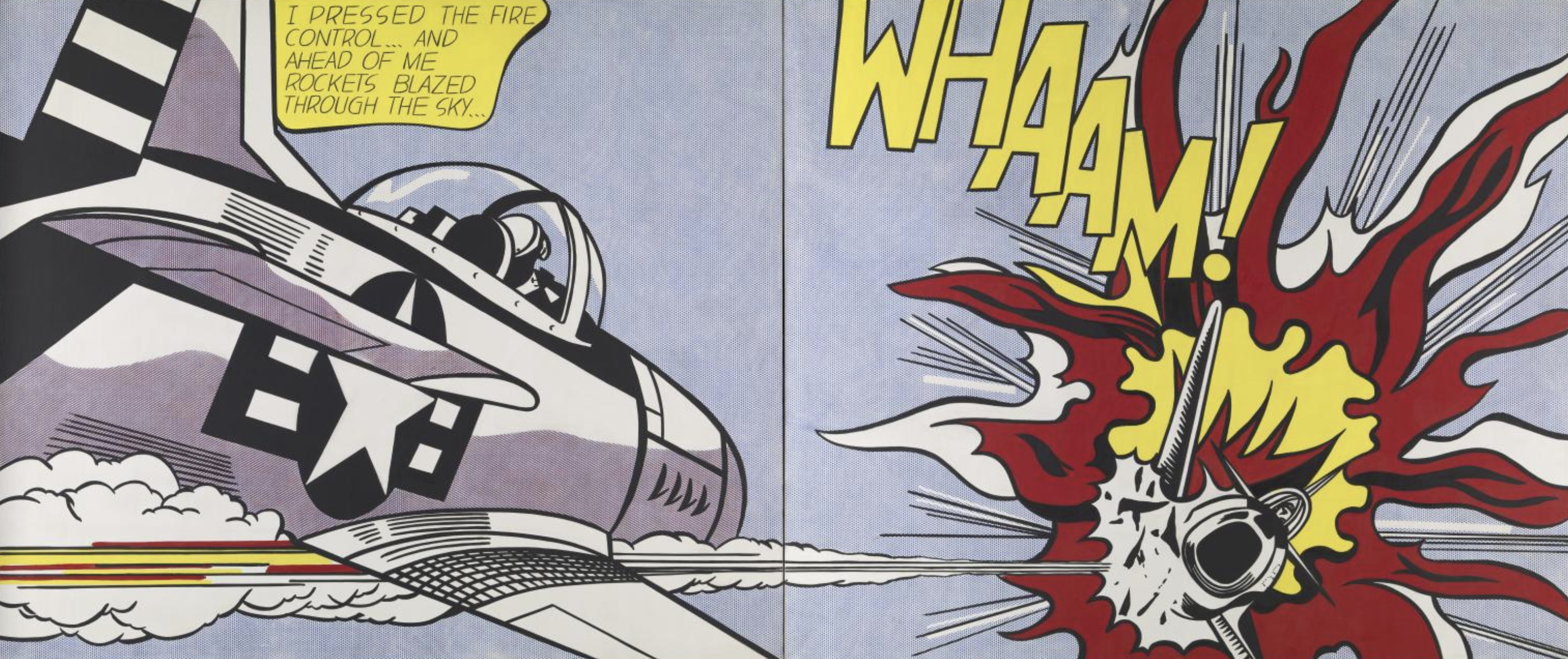
Lichtenstein's early work was influenced by a range of styles, from American Abstract Expressionism to European Cubism. However, the defining moment in his career occurred when he began appropriating images from comic books and advertisements, reimagining them within the context of high art. These works, characterized by their use of primary colors, Ben-Day dots, and bold lines, created a vivid interplay between popular and elite culture and rapidly propelled Lichtenstein to international acclaim.
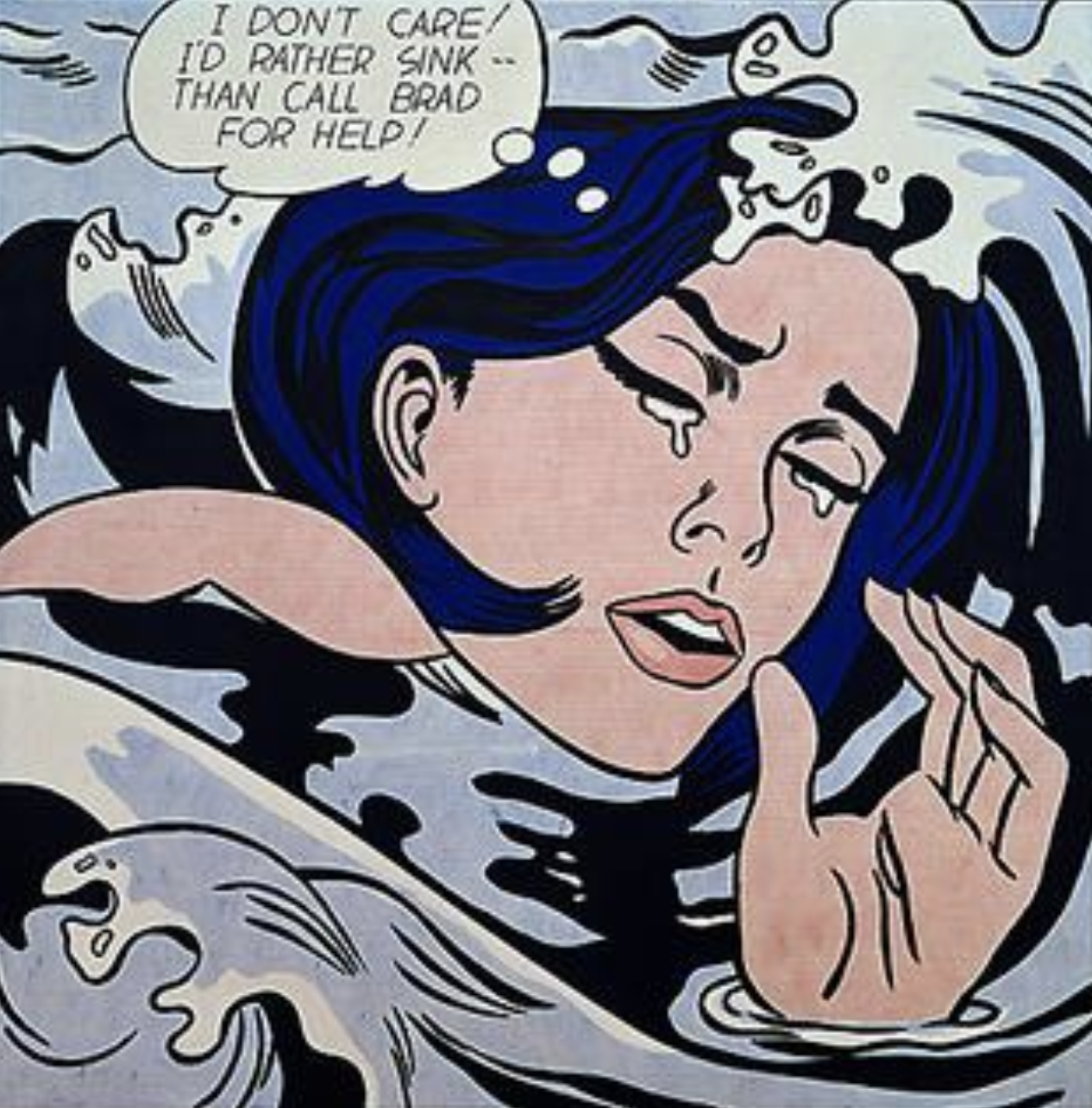
One of Lichtenstein's most famous pieces, "Whaam!," created in 1963, epitomizes his style and approach. The painting, based on a comic book panel, depicts an American fighter jet shooting down an enemy plane in a dramatic burst of red and yellow. "Whaam!"—like much of Lichtenstein's work—plays on the visual language and sensationalism of wartime comic strips, yet its scale and execution elevate it to a critique of both media commodification and the glorification of war.

Beyond his iconic war and romance-themed pieces, Lichtenstein explored still lifes, landscapes, and, later in his career, mirrored the brushstrokes of famed artists like Picasso and Matisse. These "Brushstrokes" works served as a tongue-in-cheek commentary on the gestural painting of Abstract Expressionists, reinforcing his hallmark approach of questioning and re-contextualizing the art that preceded him.
Moreover, Lichtenstein delved into sculpture using his familiar pop art motifs. His "Brushstroke" sculptures and other freestanding works further embedded his aesthetic into a three-dimensional context, allowing the art to occupy physical spaces as dramatically as his paintings had visually dominated gallery walls.
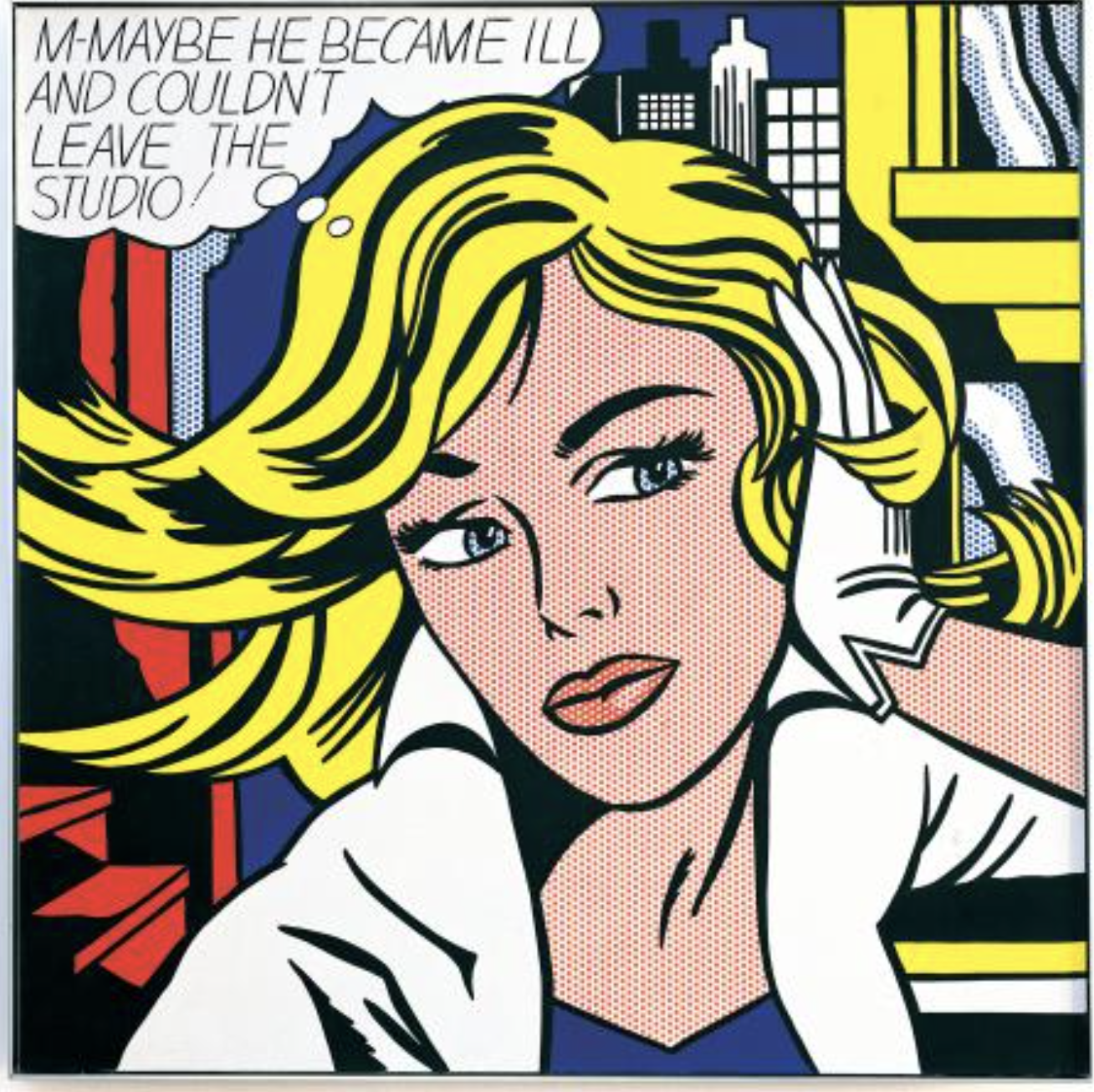
Lichtenstein's art, while accessible and easily recognizable, is layered with complexity. His technique was meticulous, a parody of mechanized reproduction that was, ironically, painstakingly produced by hand. He created a body of work that was not just visually stunning but also rich in irony and introspection. His employment of parody served to demystify the creative process, inviting viewers to question the authenticity and value of art in a world saturated with mass-produced images.
Beyond his stylistic innovation and conceptual boldness, Lichtenstein was also instrumental in bridging the gap between traditional art forms and new media. His involvement with printmaking, for instance, allowed for the proliferation of his work and ideas, further democratizing the art world and aligning with his ethos that art should be for everyone.
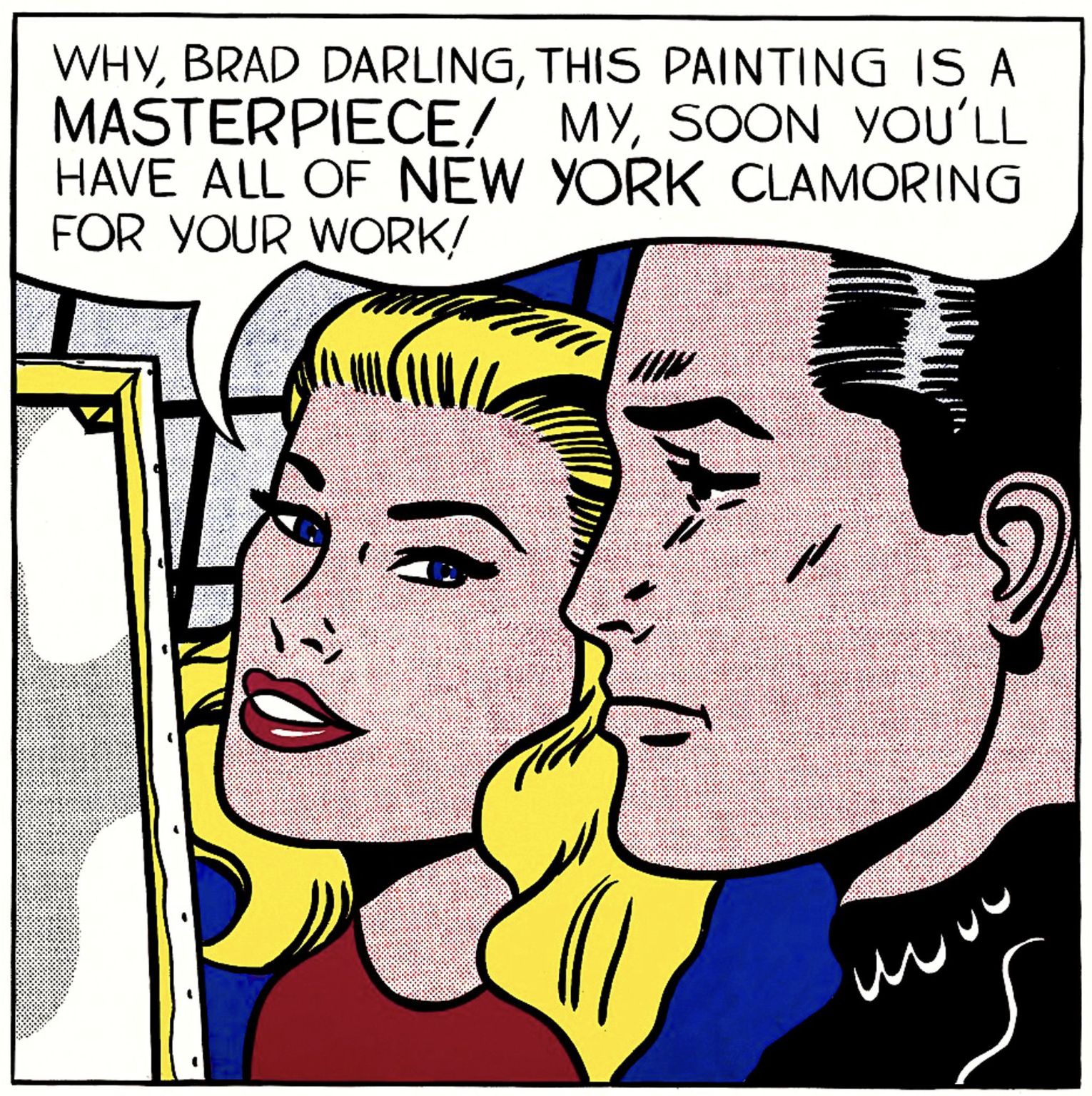
Roy Lichtenstein passed away on September 29, 1997, but his influence on art and culture remains profound. His work continues to resonate with audiences today, reflecting the artist's astute understanding of visual culture and his ability to distill complex cultural narratives into compelling and thought-provoking images.
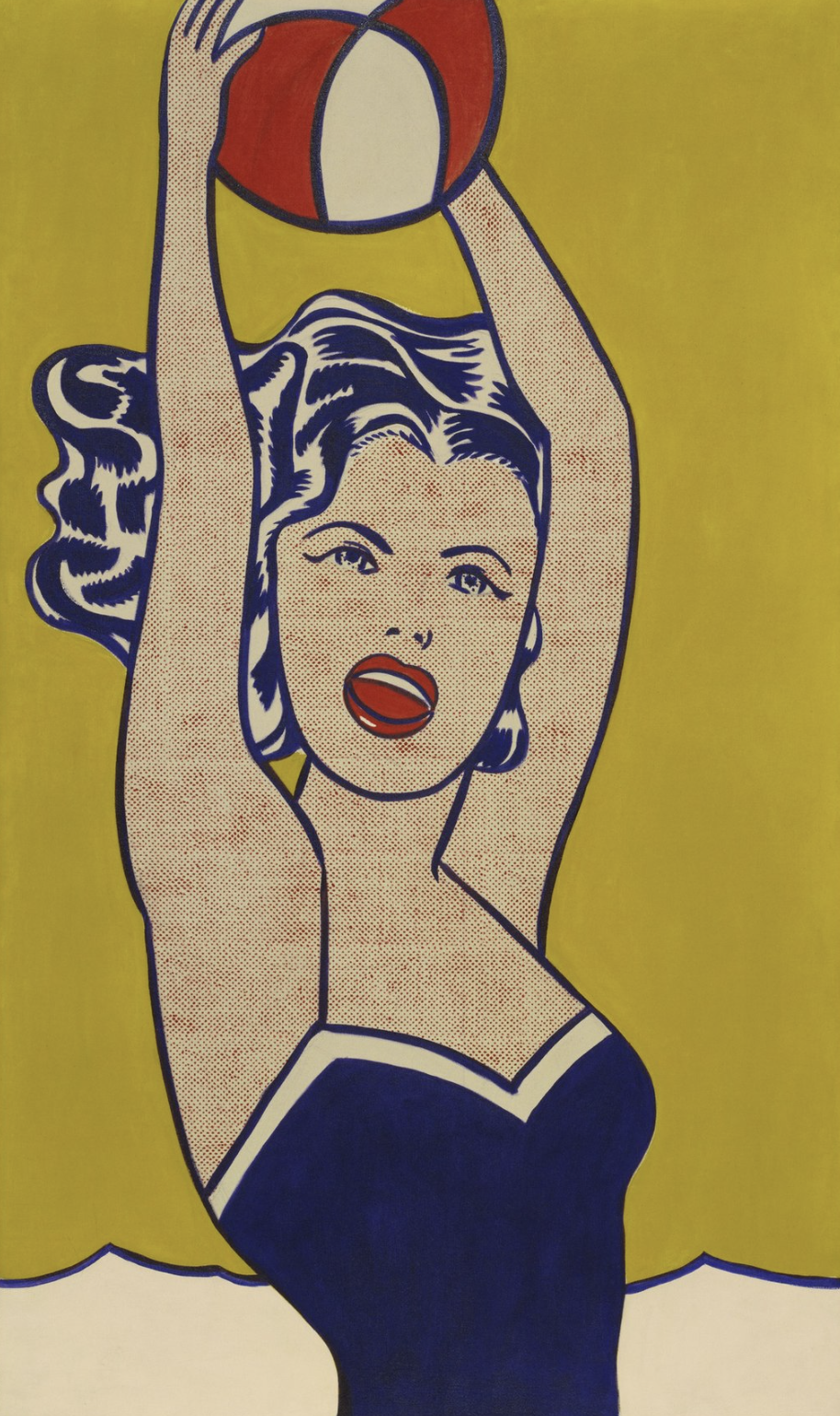
Roy Lichtenstein affirmed that art could be at once serious and whimsical, profound and popular, thereby reshaping the dialogue between high and low culture. In celebrating the ordinary and using irony as a tool to dissect both art and society, Lichtenstein's legacy endures as one of the most pivotal artists of the 20th century—a true master of Pop Art.
Теги
art, Roy Fox Lichtenstein.